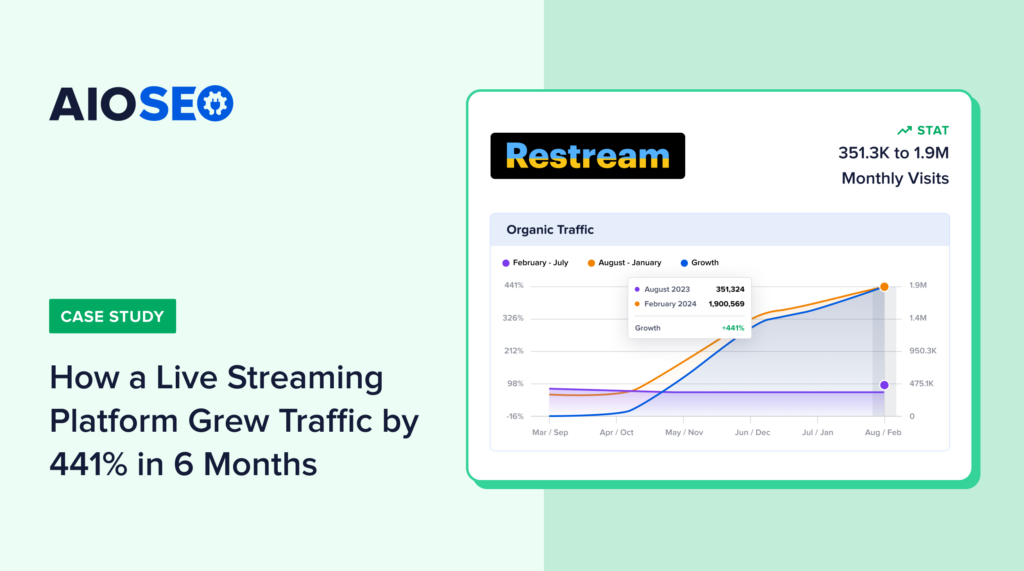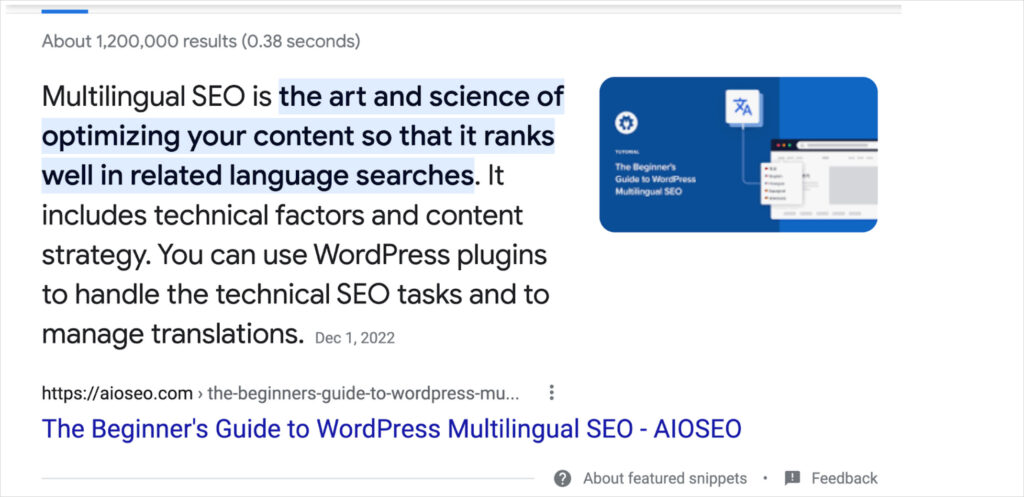
Merchant Listing Schema
Merchant listing schema is a type of structured data that allows businesses to provide detailed information about their products to search engines. By implementing Merchant listing schema, e-commerce websites can enhance their product listings in search results, making them more…


